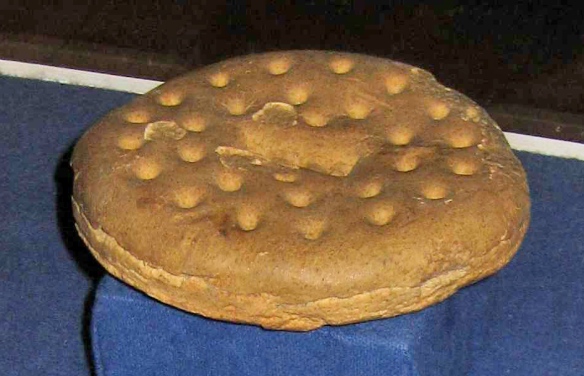Writing this sent me down memory lane of my childhood neighborhood. In addition, I checked some of the distances on Goggle maps because I remember everything being much further away as I was a particularly small child. Some background might be helpful.
I grew up in Birmingham (England for my oh-so-amusing American friends who have said “you don’t sound like you are from Alabama”) in a suburb called Selly Park, which in my mind is part of Selly Oak . Selly Park was “posh”, Selly Oak was more lower class and industrial. I have no idea what either are like now.
A couple of days ago, I was reading this article from the Guardian, which bought back some great food memories. My mum was a health nut before there were health nuts or more likely before I knew there were health nuts. She refused to eat parsnips and black pepper for years because she heard they caused cancer. She ate whole wheat bread at the time that white sliced bread was the best thing ever and whole wheat bread was chewy and tough and essentially indigestible. She didn’t like chocolate.
One time I was being a brat about eating fish, I demanded fish fingers instead of the fresh fillets that she usually cooked. I didn’t want the fresh fish that mum had almost definitely got from the Birmingham fish market which was in the city center or Town as we called it. My parents didn’t drive so getting fish required her walking to the bus stop about 7 mins from our house and a 20 min bus ride into town, followed by a 10 min walk to the market. I’m sure she bought other stuff when there; if I was with her there were prawns in a little bag to keep me quiet. After buying fish she probably stopped at the Bullring market for fruit and veg, probably with me whining as I hated the market then, it was busy and noisy and I was terrified of losing mum [I was a very small child, remember]. Then she/we returned home. If she was carrying a lot she might get a taxi. Lacking a car meant we used lots of taxis.
If she didn’t go into Town she might walk up to the shops in Selly Oak that were 10 min away and she would stop at the greengrocer, the butcher, and the baker to get our different food supplies. Oh, and the shops were closed Wednesday afternoon and Sunday and probably all closed by 5:30 every day and earlier on Saturdays and she worked full-time after I was about 9 years old. I don’t remember when the first supermarket came to Birmingham. The first I remember was a Sainsbury’s in Northfield that must have opened around 1975ish. Northfield was south of us away from Town so we didn’t go there very often, as Town was more exciting. I remember Sainsbury’s have so much choice and they pumped out bakery smells into the shopping center. (In a fit of honesty, I should point out, because my brother will if I don’t, as we got older and independent it is was more likely that my brother and, once he left home myself, buying the food in Town. Actually dad might have bought the food before we did. So while mum had it tough, she gladly gave up her responsibilities for food shopping as soon as she could.)
So I refused those delicious cod or plaice fillets she had made such an effort to buy and demanded fish fingers. Her solution was to hand-make fish fingers, because she didn’t have enough to do all ready. I was really disappointed. Truly all I was hoping for the bright orange coated Bird’s Eye fish fingers that I got at friend’s house. That was real food!





